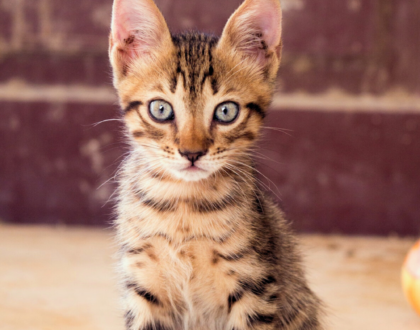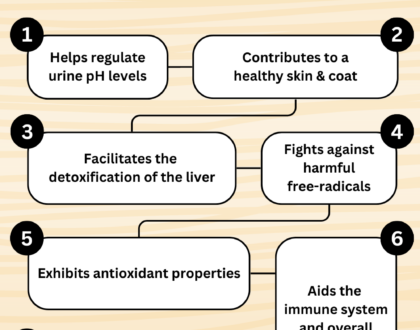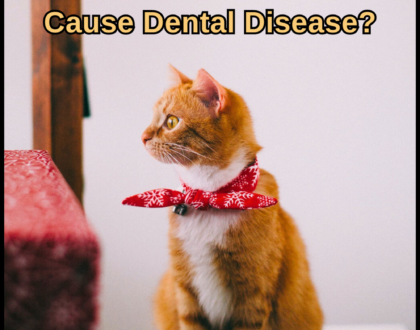Kidney Disease in Cats 101

by Ian Germann
Kidney disease, also known as renal disease, is a very common health issue that can affect cats of all ages. As a responsible cat owner, it’s crucial to be aware of the causes, symptoms, and treatment options available for cats with kidney disease. This blog aims to inform you of these key parts of kidney disease, all to help you learn how to best care for your cat and keep them happy and healthy.
If you want a delicious cat food designed to help support cats with kidney and renal issues, try Evanger’s EVX Restricted Low Phosphorus Wet Food!
Causes
Kidney disease can be caused by a variety of things in cats. These causes include…
Aging: Chronic Kidney Disease (CKD) is more prevalent in older cats and is often a result of the natural aging processes. As cats age, the efficiency of their kidney function gradually declines, leading to the development of kidney disease over time.
Genetics: Certain cat breeds, such as Persians and Abyssinians, are unfortunately genetically predisposed to developing kidney disease. These breeds may have an increased risk due to inherited structural or functional abnormalities of the kidneys.
Urinary Tract Issues: Blockages or obstructions within the urinary tract can cause kidney disease in cats. These obstructions may result from urinary stones, tumors or congenital abnormalities, leading to impaired urine flow and subsequent damage to the kidneys.
High Blood Pressure: High Blood Pressure (a.k.a. Hypertension) can lead to kidney disease in cats. Elevated blood pressure damages the delicate blood vessels within the kidneys, impairing their function.
Polycystic Kidney Disease: PKD is an inherited condition that causes the development of fluid-filled cysts in the kidneys. Over time, these cysts grow in size, gradually replacing the healthy kidney tissue and impairing its function.
Symptoms
Kidney disease in cats can present with a variety of symptoms, and recognizing these signs early is imperative for timely veterinary intervention. Here are some of the most common symptoms of kidney disease in cats:
Increased Thirst and Urination: One of the early signs of kidney disease is polydipsia (increased thirst) and polyuria (increased urination). Cats may drink excessive amounts of water and have more frequent trips to the litter box.
Decreased Appetite and Weight Loss: Cats with kidney disease often experience a decreased appetite or even complete loss of interest in food. This can lead to weight loss and malnutrition over time.
Vomiting and Diarrhea: Gastrointestinal symptoms such as vomiting and diarrhea can occur in cats with kidney disease. These symptoms may be intermittent or chronic and can contribute to dehydration and electrolyte imbalances.
Lethargy and Weakness: Cats with kidney disease may exhibit generalized weakness and lethargy. They may become less active, spend more time sleeping, and show reduced energy levels.
Poor Coat Condition: A cat’s coat can be a reflection of their overall health. Cats with kidney disease may have a dull, unkempt, or poor-quality coat. Excessive shedding or a lack of grooming may also be observed.
Treatment
Dietary Management: Special diets formulated for cats with kidney disease play a key role in managing the condition. Try Evanger’s EVX Restricted Low Phosphorus Wet Food for a meal designed to help support cats with kidney/renal issues. This boneless beef recipe is formulated to have a controlled level of phosphorus, magnesium and ash to help support your kitties kidneys.
Fluid Therapy: Maintaining proper hydration is essential for cats with kidney disease. In some cases, subcutaneous fluid administration may be prescribed, where fluids are injected under the skin to compensate for inadequate fluid intake.
Medications: Several medications may be used to manage symptoms, slow the progression of kidney disease, and address associated complications. Commonly prescribed medications include: Phosphate Binders, ACE Inhibitors, Antiemetics and Appetite Stimulants.
It’s important to note that while these treatments can help manage kidney disease, they may not reverse or cure the condition. The goal is to slow the progression of the disease, manage symptoms and maintain the best possible quality of life for the cat. Treatment plans should be tailored to the individual cat’s needs, and close collaboration with a veterinarian is crucial for determining the most appropriate course of action.
Recommended Posts

Cat Food Myths: Is Pork Bad For Cats?
August 24, 2023

The Benefits of DL-Methionine for Cats
August 01, 2023

Cat Food Myths: Does Canned Food Cause Dental Disease?
June 29, 2023


